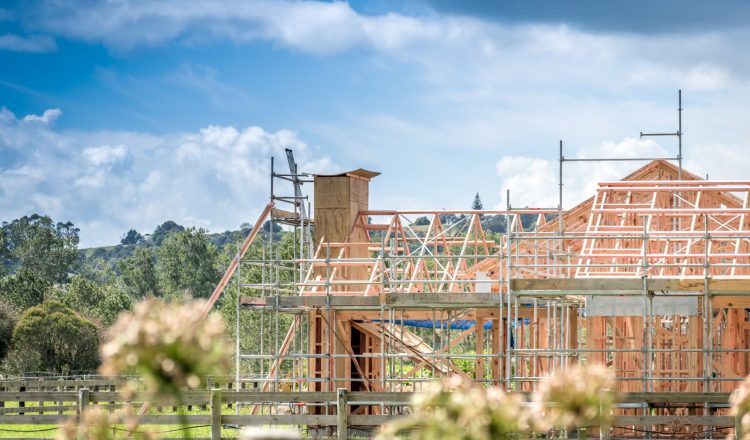Chỗ ở khi nghỉ hưu
Làng hưu trí là một cộng đồng dân cư hoặc đơn vị nhà ở được thiết kế cho những người lớn tuổi vẫn có thể tự chăm sóc bản thân, tuy nhiên, thỉnh thoảng có thể cần một số trợ giúp. Ngôi làng cho phép những người lớn tuổi đến với nhau và tham gia vào các hoạt động và cơ hội xã hội. Đó là một không gian sống an toàn được thiết kế đặc biệt cho những người lớn tuổi.
Đó có thể là một quyết định khó khăn để đưa ra khi nào bạn nên chuyển vào một ngôi nhà nghỉ hưu và một số người xem xét nó trong nhiều năm trước khi thực sự đăng ký. Thật không may, rất nhiều người lớn tuổi họ nhận thấy rằng họ cô đơn. Những ngôi làng nghỉ hưu có thể giúp thoát khỏi bất kỳ sự cô đơn nào vì tất cả cư dân đều có thể tham gia và cảm thấy tách biệt khỏi một cộng đồng. Nhiều người di chuyển vào khi họ 70 tuổi trở lên. Người mua trung bình là khoảng 78 đến 84. Tuy nhiên, không có độ tuổi nhất định và bất kỳ người lớn tuổi nào cũng có thể hưởng lợi từ các tiện nghi mà họ cung cấp.
Làm thế nào để chọn một ngôi làng nghỉ hưu
Khi chọn ngôi làng nghỉ hưu mà bạn muốn sống, điều tốt nhất bạn có thể làm là nghiên cứu. Hoặc trực tuyến hoặc đi đến các cơ sở để xem chúng được hoạt động như thế nào, những gì có sẵn và vị trí là như thế nào. Hãy suy nghĩ về những gì bạn có thể cần trong tương lai và xem những cơ sơ sở nào cung cấp điều đó.
Một cách tốt để biết liệu bạn có muốn sống trong một ngôi làng cụ thể hay không là nói chuyện với người dân. Xem những gì họ thích về nó và những gì họ nghĩ có thể được thực hiện tốt hơn.
Một động lực lớn khiến người dân ở làng nghỉ hưu cuối cùng phải gánh chịu là chi phí. Bạn cần phải xem xét tất cả các khoản phí bạn sẽ trả là bao nhiêu. Phí gia nhập là gì, có những khoản chi phí nào đang diễn ra và bạn có phải trả khoản lỗ vốn nào không? Tốt nhất bạn nên tìm kiếm lời khuyên tài chính để đảm bảo rằng bạn không chọn một nơi nào đó mà bạn sẽ không đủ khả năng chi trả.
Chi phí làng hưu trí
Thường có chi phí khá đáng kể khi vào và rời khỏi một ngôi làng nghỉ hưu. Ngoài ra còn có rất nhiều chi phí cần được xem xét. Chi phí sẽ thay đổi tùy thuộc vào từng cơ sở. So sánh các cơ sở khác nhau sẽ giúp bạn tìm ra những gì có thỏa thuận tốt nhất cho bạn.
Làm thế nào để khiếu nại về một ngôi làng nghỉ hưu
Nếu bạn muốn khiếu nại về một ngôi làng nghỉ hưu thì bạn sẽ cần phải liên hệ với người quản lý của làng nghỉ hưu trước. Tất cả cư dân của bất kỳ làng nào cần được cung cấp một bản sao của chính sách khiếu nại nếu họ yêu cầu nó và phải có một bản sao có sẵn cho cư dân để đọc bất cứ lúc nào.

















































